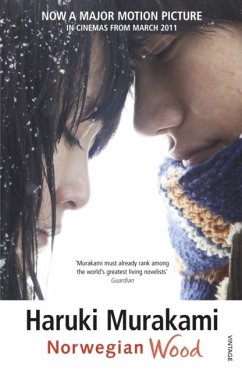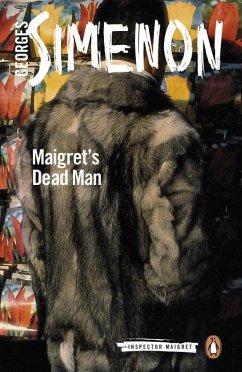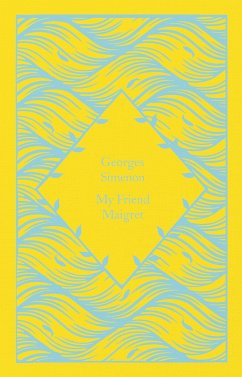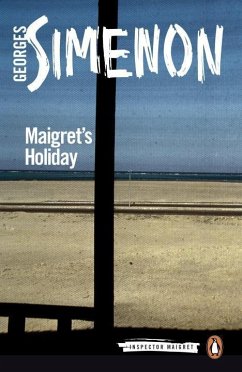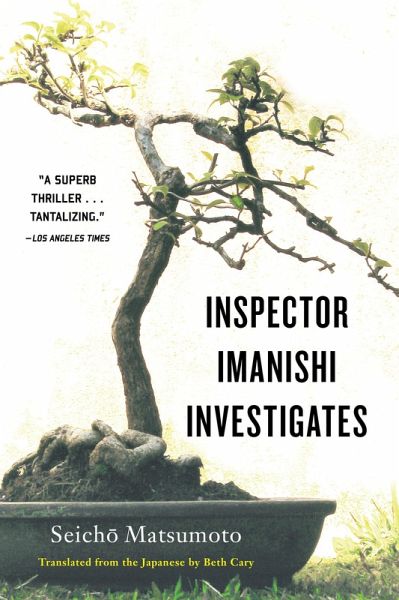
Inspector Imanishi Investigates
Versandkostenfrei!
Versandfertig in über 4 Wochen
15,99 €
inkl. MwSt.
Weitere Ausgaben:

PAYBACK Punkte
8 °P sammeln!
In the wee hours of a 1960s Tokyo morning, a dead body is found under the rails of a train, and the victim's face is so badly damaged that police have a hard time figuring out the victim's identity. Only two clues surface: an old man, overheard talking in a distinctive accent to a young man, and the word "kameda." Inspector Imanishi leaves his beloved bonsai and his haiku and goes off to investigate-and runs up against a blank wall. Months pass in fruitless questioning, in following up leads, until the case is closed, unsolved. But Imanishi is dissatisfied, and a series of coincidences lead hi...
In the wee hours of a 1960s Tokyo morning, a dead body is found under the rails of a train, and the victim's face is so badly damaged that police have a hard time figuring out the victim's identity. Only two clues surface: an old man, overheard talking in a distinctive accent to a young man, and the word "kameda." Inspector Imanishi leaves his beloved bonsai and his haiku and goes off to investigate-and runs up against a blank wall. Months pass in fruitless questioning, in following up leads, until the case is closed, unsolved. But Imanishi is dissatisfied, and a series of coincidences lead him back to the case. Why did a young woman scatter pieces of white paper out of the window of a train? Why did a bar girl leave for home right after Imanishi spoke to her? Why did an actor, on the verge of telling Imanishi something important, drop dead of a heart attack? What can a group of nouveau young artists possibly have to do with the murder of a quiet and "saintly" provincial old ex-policemen? Inspector Imanishi investigates.






